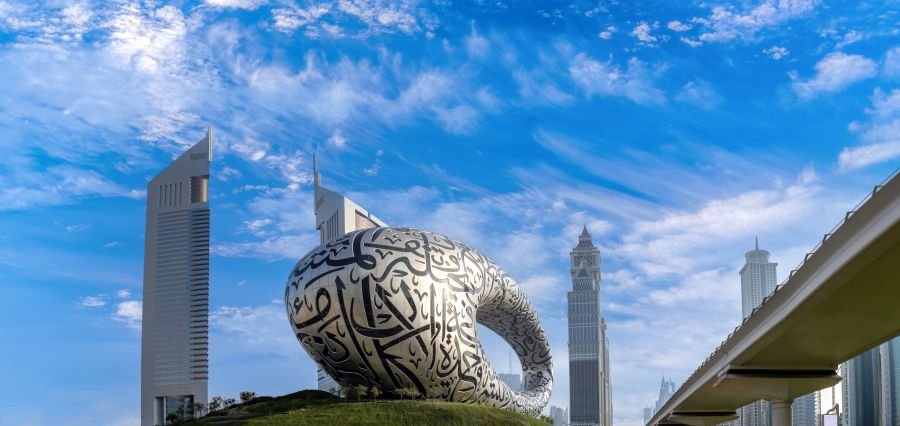Middle East is a group of nations with numerous countries in Western Asia and North Africa. It’s an active, advanced economy. While it is equated with its ginormous reservoirs of oil, the Middle East economy is diversified. Its defining characteristics could only fully be appreciated by looking at its past, present trends, and future direction. The following article presents the determinants of the Middle East economy, giving evidence about its strengths, weaknesses, and future outlook.
The Long-Term Legacy of Oil
Definitionally, oil has played the most dominant role in shaping the economy of the Middle East. The Middle East holds a large percentage of the world’s confirmed oil reserves and thus is a key position in the world energy economy. Oil revenues account for most of the GDP of nations, stimulating economic growth and financing social welfare. This has also been its weaknesses. Volatility of the global price of oil has the potential to have a great effect on the government budget and the overall economic stability, thus the calls for diversification.
Diversification and attempts at economic reforms
In a bid to escape the petroleum trap, the majority of countries in the Middle East have been enjoying expensive diversification. It consists of some of these activities as the emergence of non-petroleum sectors like industry, finance, technology, and tourism. UAE and Saudi Arabia are some of the countries that have shifted towards this aspect through tremendous investment in infrastructure development, promotion of innovation, and foreign investment inflows. These steps progressively change the Middle Eastern economy, finding new ways of growth and decreasing dependence on oil. Demographic Dynamics and Labor Markets
The Middle East has a young and rapidly growing population.
The demographic dividend is a double-edged sword. A high proportion of youth can be a vibrant workforce and speed up economic growth, but it also requires phenomenal investment in the generation of jobs, training, and education. There is unemployment in certain nations, and young people in particular, where policies to the labor market and private sector development must be effective. The economy of the Middle East must battle these demographic trends if it is to realize its potential. Geopolitical Factors and Regional Conflicts
Middle East is facing geopolitics, regional instability disruptions, which have spillover impacts on the economic domain. Deformed war distorts business, displaces tangible capital, and dislocates individuals, hindering economic growth and deterring foreign investment. Investment-deterrent conditions are the predominantly dominant regional political tensions and geopolitical rivalries. The Middle East economy is linked to the region’s politics economy.
Investment and Infrastructure Development
Middle East economic development requires investment in infrastructure. Private and public investors have been investing at huge levels in road networks, communication infrastructure, electricity infrastructure, and urban expansion. This investment raises standards of living as well as employment, foreign investment, and trade. The Middle East economy must have relentless investment in infrastructure in an effort to drive its diversification and enhance competitiveness.
The Role of the Private Sector
The private sector is accountable for the Middle East’s economic growth and employment. Governments are increasingly conscious of the need to create an enterprise-friendly environment to attract the private sector. Improved regulation, simplification of bureaucratic processes, and encouraging competition are needed to unleash the potential of the private sector. The Middle East economy requires an energized private sector to diversify the sources of growth and to create sustainable jobs.
Global Trade and Integration
The Middle East is more and more being integrated with the rest of the world through global value chains and investment and trade connections. With its emerging infrastructure and connectivity and its geographic location, the Middle East is becoming more of a preferred destination for foreign investors. Additional trade relations with the world in general and integration in the global value chains are the Middle East economy’s need for global competition and new market-seeking.
Opportunities and Challenges
The Middle Eastern economy is confronted with a series of challenges ranging from unstable oil prices, regional wars, and unemployment to the necessity for increased economic diversification. It still boasts enormous potential in the form of high growth and youth population, natural resources richness, and greater integration of the economy into the global international environment. The Middle East has the capability to be economically rich in a sustainable and inclusive manner with challenges being overcome and opportunities being seized.
The Middle East Economy of the Future
The fate of the economy of the Middle East is to decide if it would redefine itself in a new order.
Long-term prosperity requires economic diversification, investment in human capital, and regional integration. Entrepreneurship, innovation, and a knowledge economy will propel future growth. The Middle East can be a global economic leader if it seizes its potential through a sequence of quality thinking, good policy, and regional security.
Read More: Examining the Strategies the Business Expansion in Dubai




